There are many deficiencies that occur with dryer venting that can reduce dryer efficiency, and can even be a fire or health hazard . This article outlines some of the more common deficiencies.
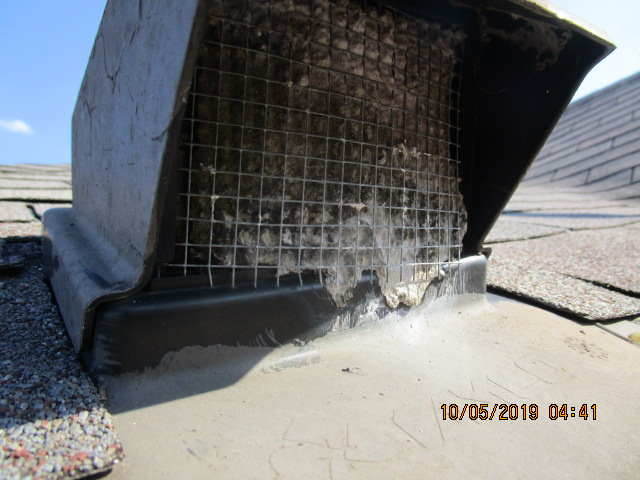
Venting a Dryer to a Roof:
According to current requirements, a dryer exhaust vent can be 25 feet long; this gets reduced to 20 feet with a ninety degree turn, and floor design may make venting to the roof a practical option for builders; not so much for homeowners, though. There can be problems with venting to roofs. First of all, homeowners have to pay for routine cleaning as a best practice for a safe dryer vent. They certainly should not risk being on a roof, when falls are 25% of homeowner injuries.
While there are roof vent caps that are specifically designed for dryer exhausts, many I have encountered in the last seven years were not. A standard roof vent is often in place, which is screened over. These can become clogged very quickly, reducing dryer efficiency, and can cause leaks or even mold to develop. Other times, roof vents may have their screens removed, but with no closing flap as required, insect or pest problems can develop. In my professional opinion, the best time to vent a dryer to the roof top is only when there is no other option.
Fortunately there are other options. One of the more obvious solutions is installing a vent-less dryer. As you can imagine, these are more expensive than standard dryers. As a consumer, you would have to weigh the added cost compared to the cost of having your vent professionally cleaned on a regular basis. Another option is a dryer duct booster fan, which may not only extend the allowable length of duct (in some cases, up to 150 feet), but may also improve drying time and efficiency. There are several brands that range from $82 to $315. The best time to install one, however, is while a house is under construction, and they do require electricity.
Venting to Improper Locations:

If a dryer duct does not go to the exterior, then wherever it goes to is an improper location, whether it is to a garage, an attic or crawlspace. This condition is commonly found in older homes. I recently performed an inspection where the dryer had been venting into the attic for years, leaving heavy deposits of lint there. The homeowner did not even know this! Warm, moist air in the attic can lead to mold or cause structural damage. It can even be a fire hazard.
Speaking of fire hazards, what’s wrong with venting into the garage? For starters, there should not be any kind of vent penetration between the house and garage for fire safety reasons. This will nullify fire separation requirements, and venting into an area where flammable liquids or combustible gasses are present increases fire hazard as well. Even if an occupant dodges that fate, there is still another condition that is guaranteed to develop. Garage drywall, especially on the ceiling, will become damaged. Given enough time, it may simply collapse, no longer held by the fasteners. Even venting to a rooftop is a better option than not venting to the exterior at all.
Improper Vent Materials
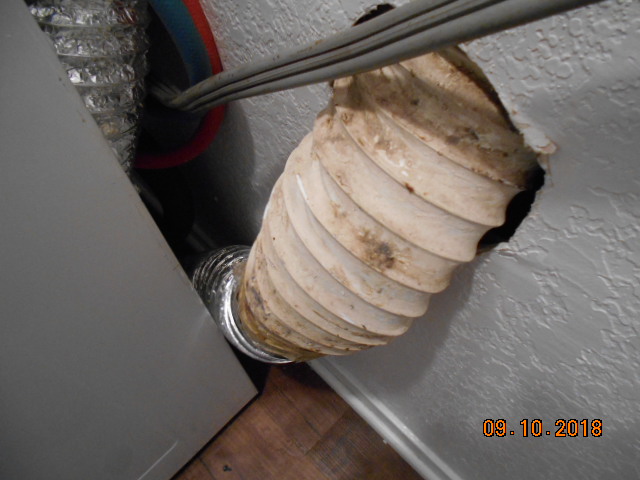
Dryer vent material, especially going through concealed spaces like wall cavities, should be smooth metal and should be a minimum 28 gauge thickness. The vent pictured above is made of the wrong material. Although this is available at box stores, vinyl is not considered to be suitable. Even many “metallic” flexible vents are low quality and are not much of an upgrade over vinyl. Flexible vents should be made of thicker material than either of the ones pictured above, and are available. They cost more, but since thousands of fires that are associated with dryers or their vents occur every year, it may be worth a few more dollars.
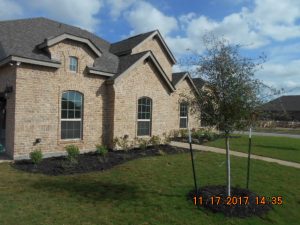


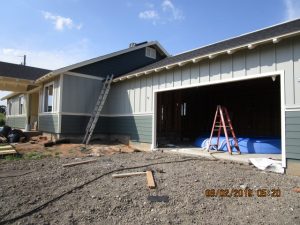
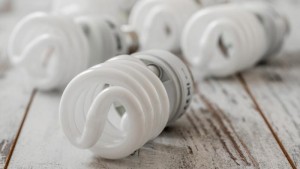 Courtesy of InterNACHI
Courtesy of InterNACHI